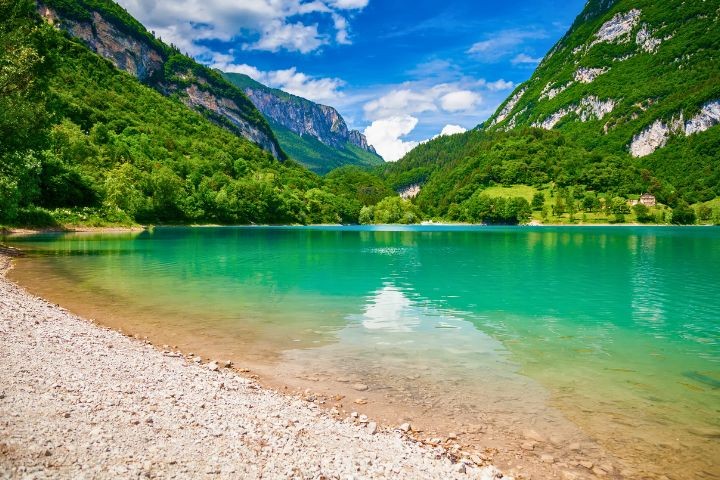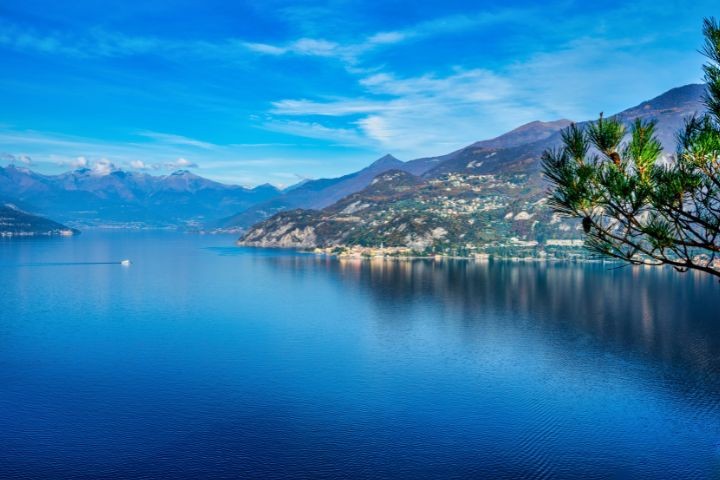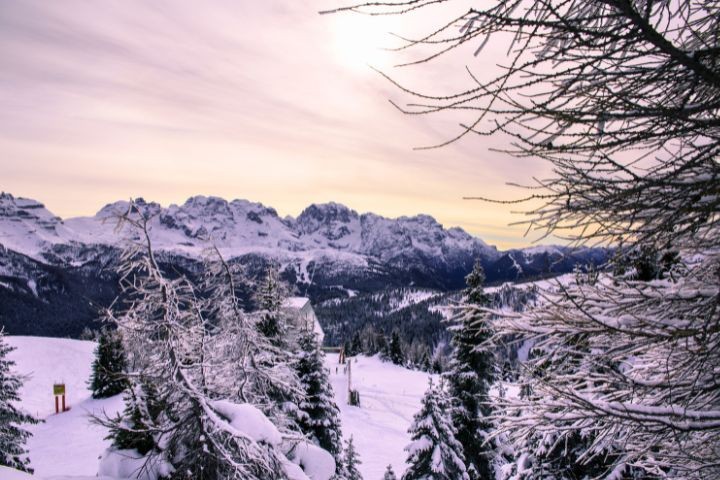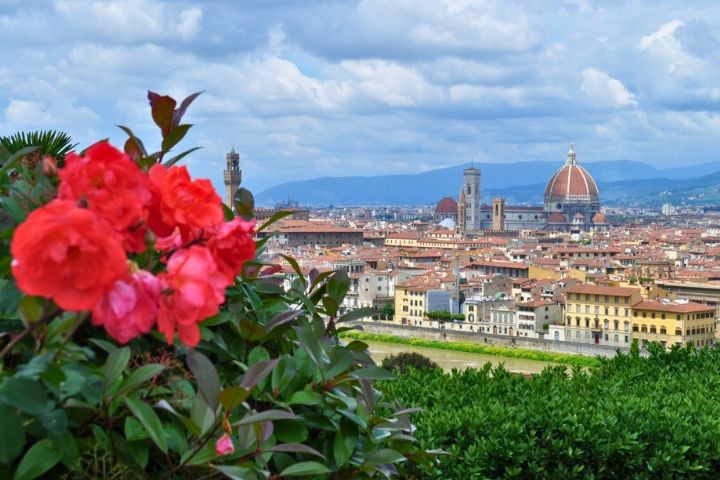Lake Garda: great outdoor adventures
Discover the perfect activities and experiences to enjoy unique emotions
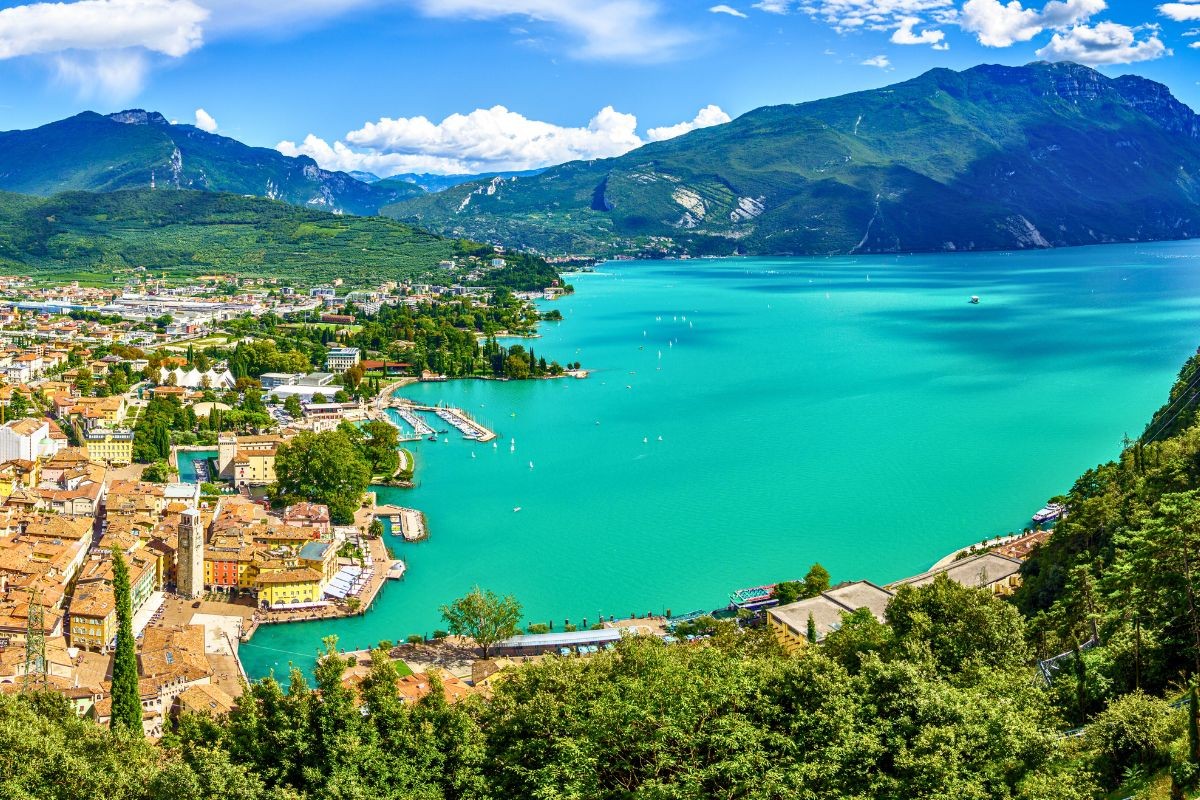

Activities on Lake Garda
Discovery best outdoor adventures in Garda Lake
Rafting
4 experiences
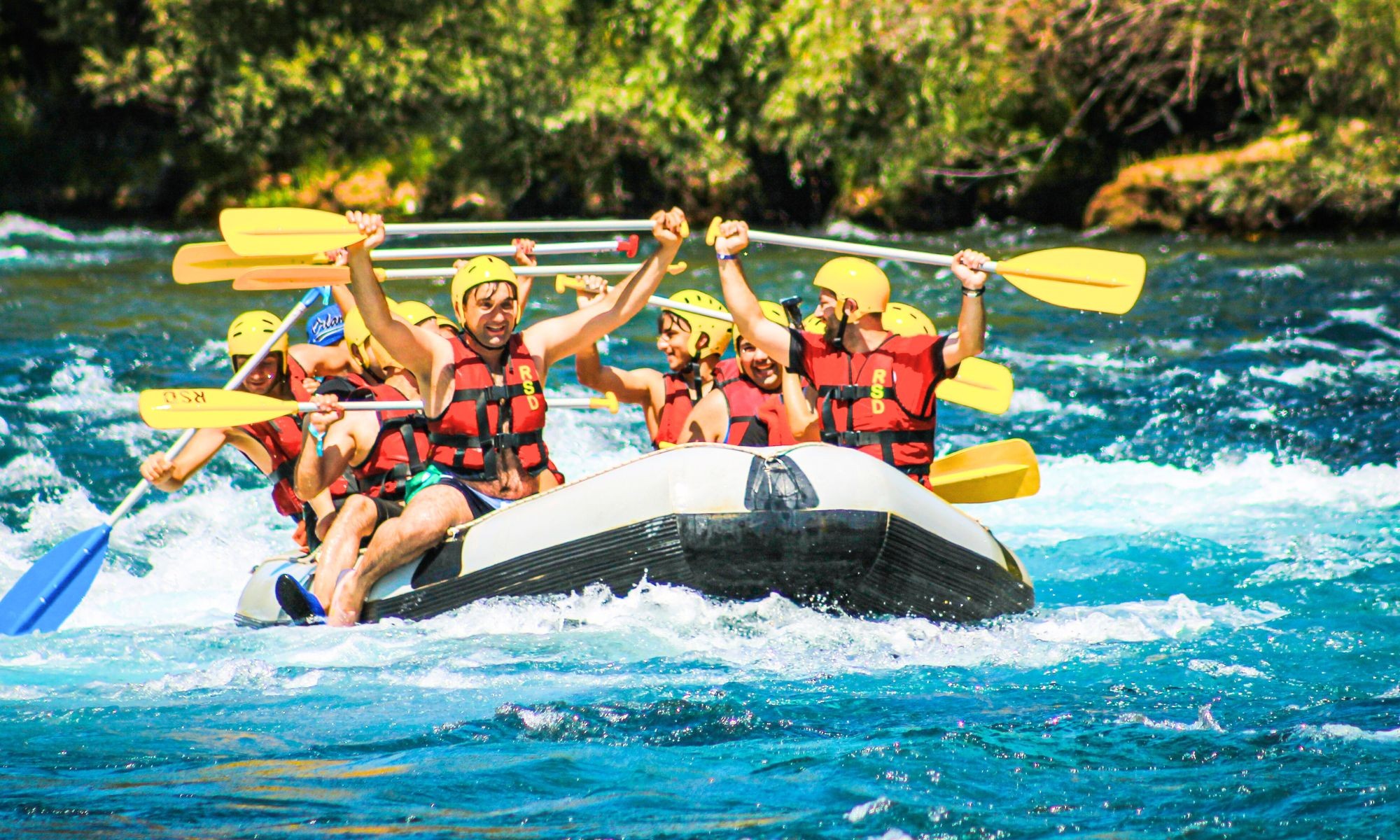
Canoe
5 experiences
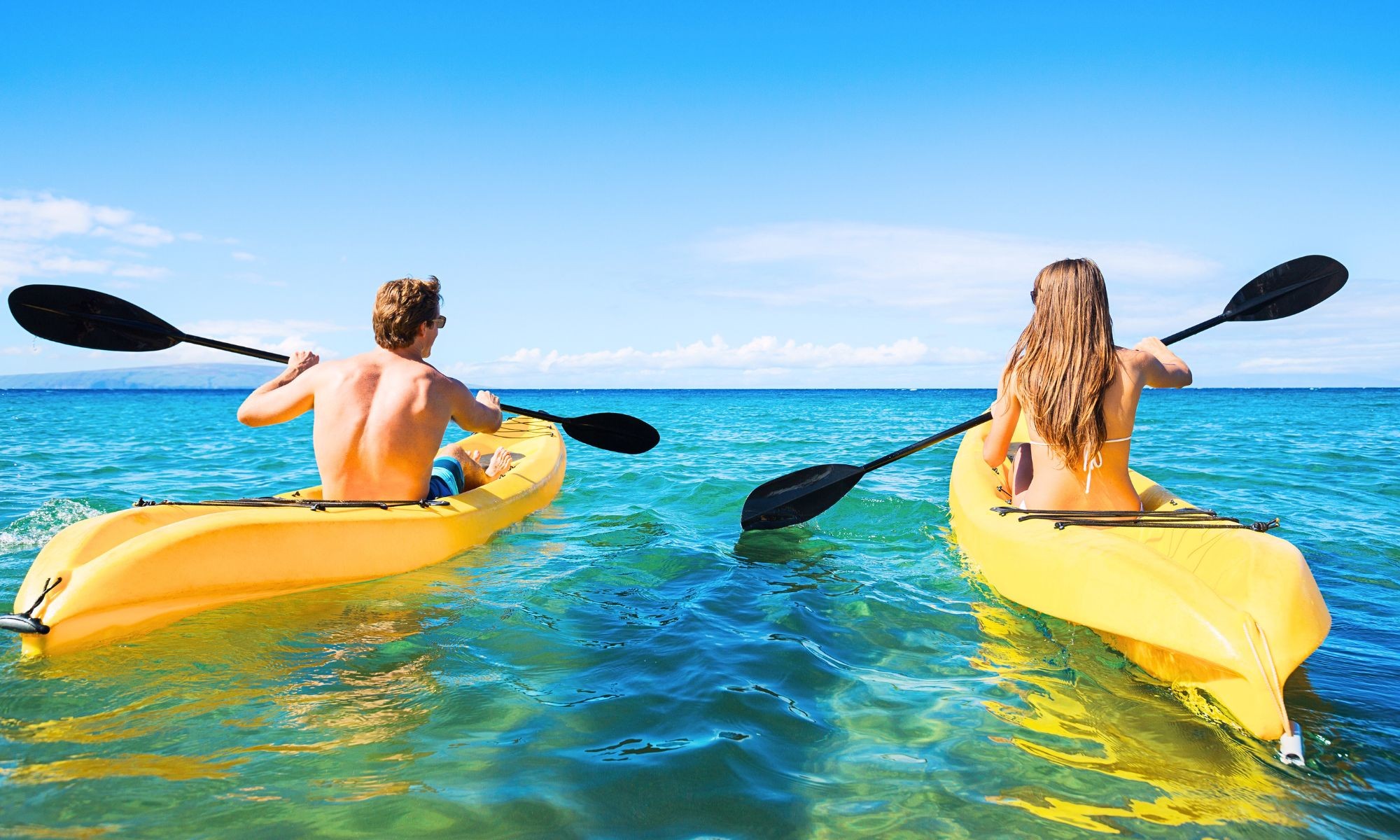
Canyoning
6 experiences
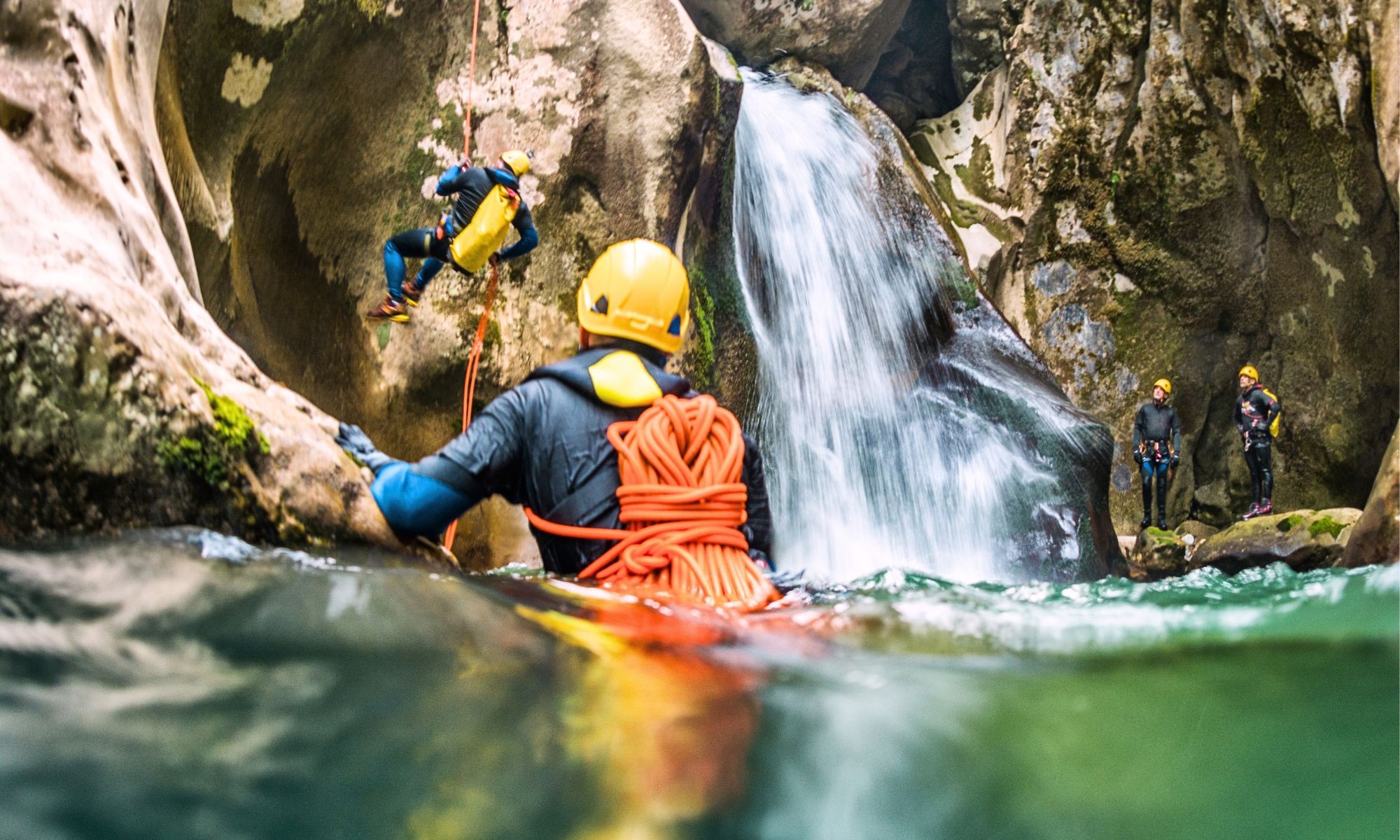
Paragliding
1 experiences
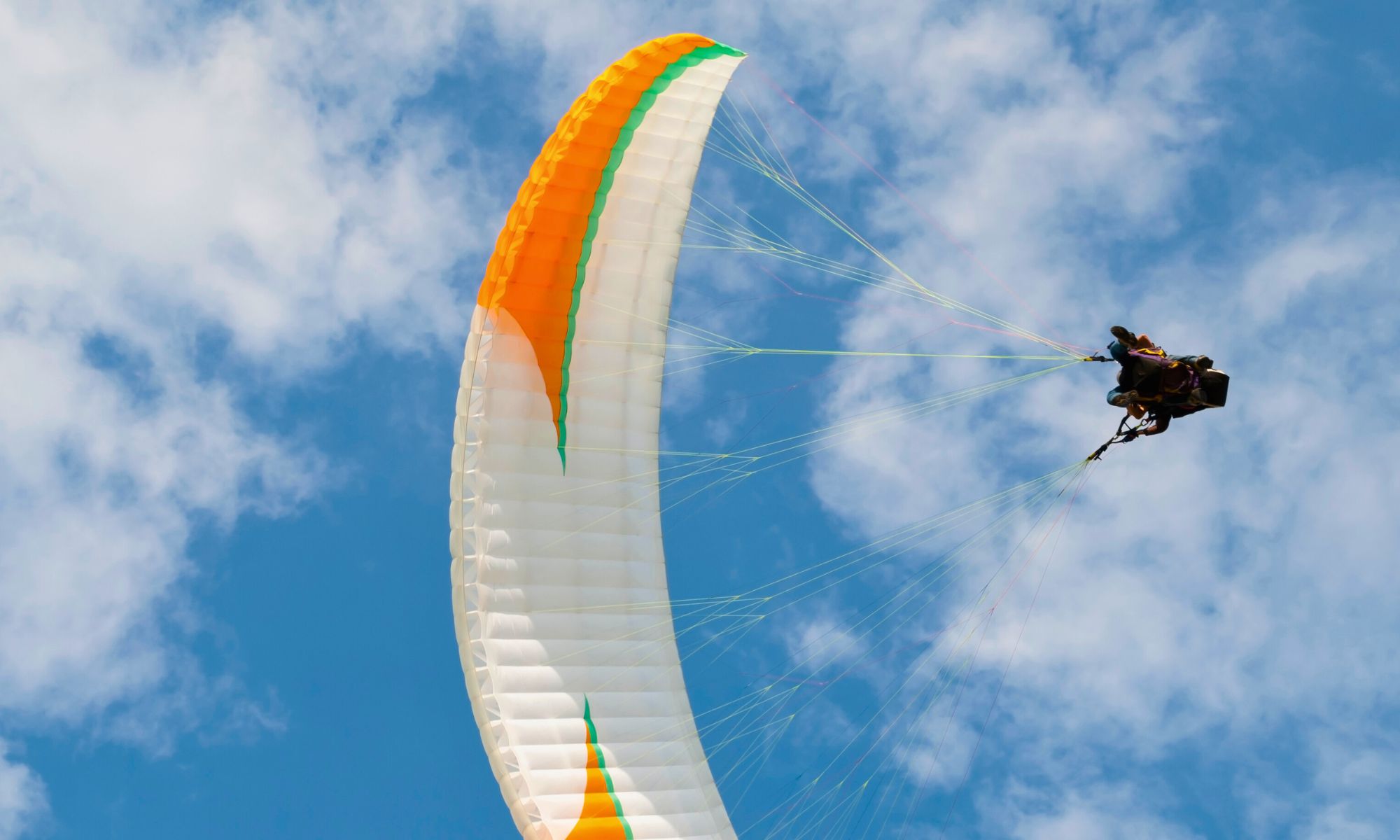
Climbing
2 experiences
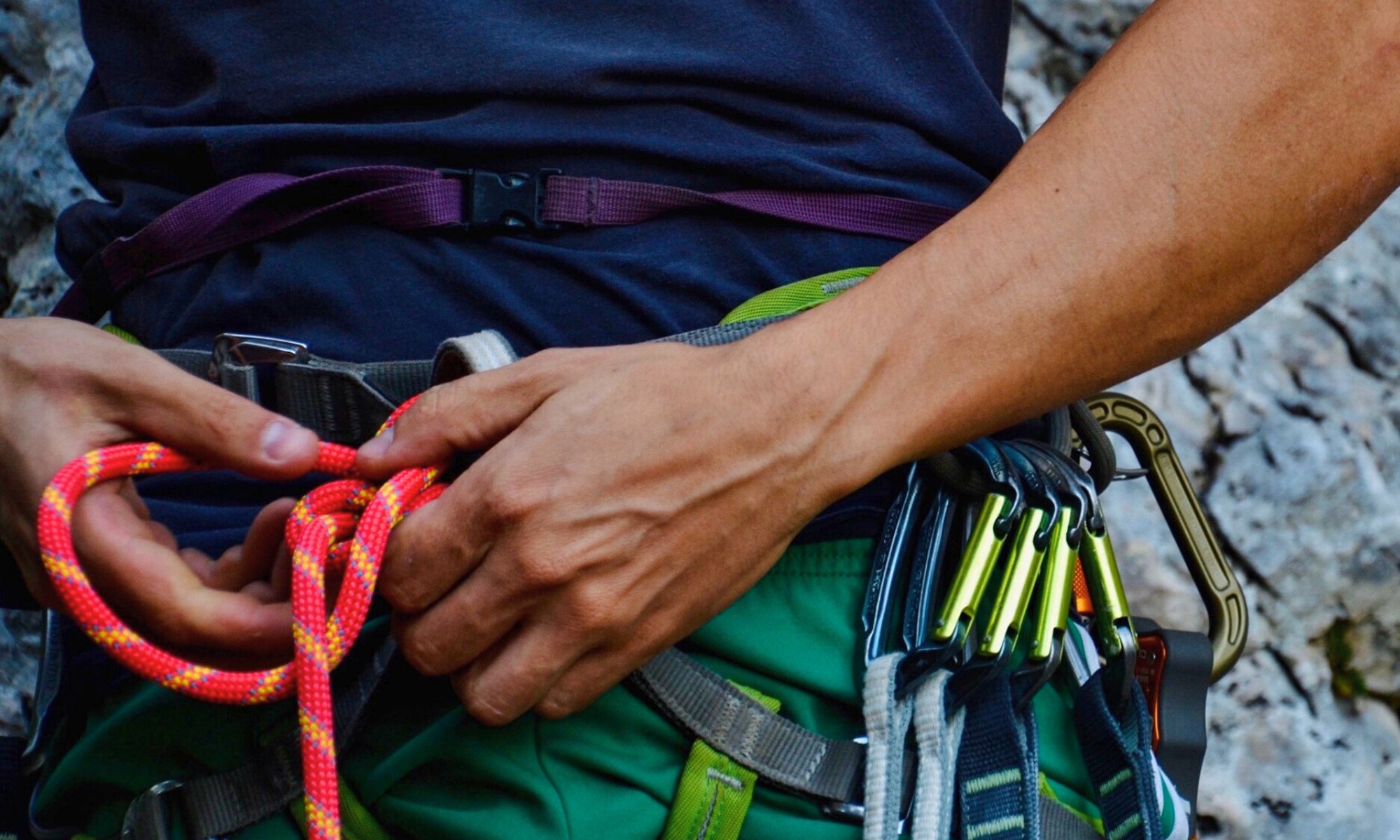
Boat Tour
5 experiences
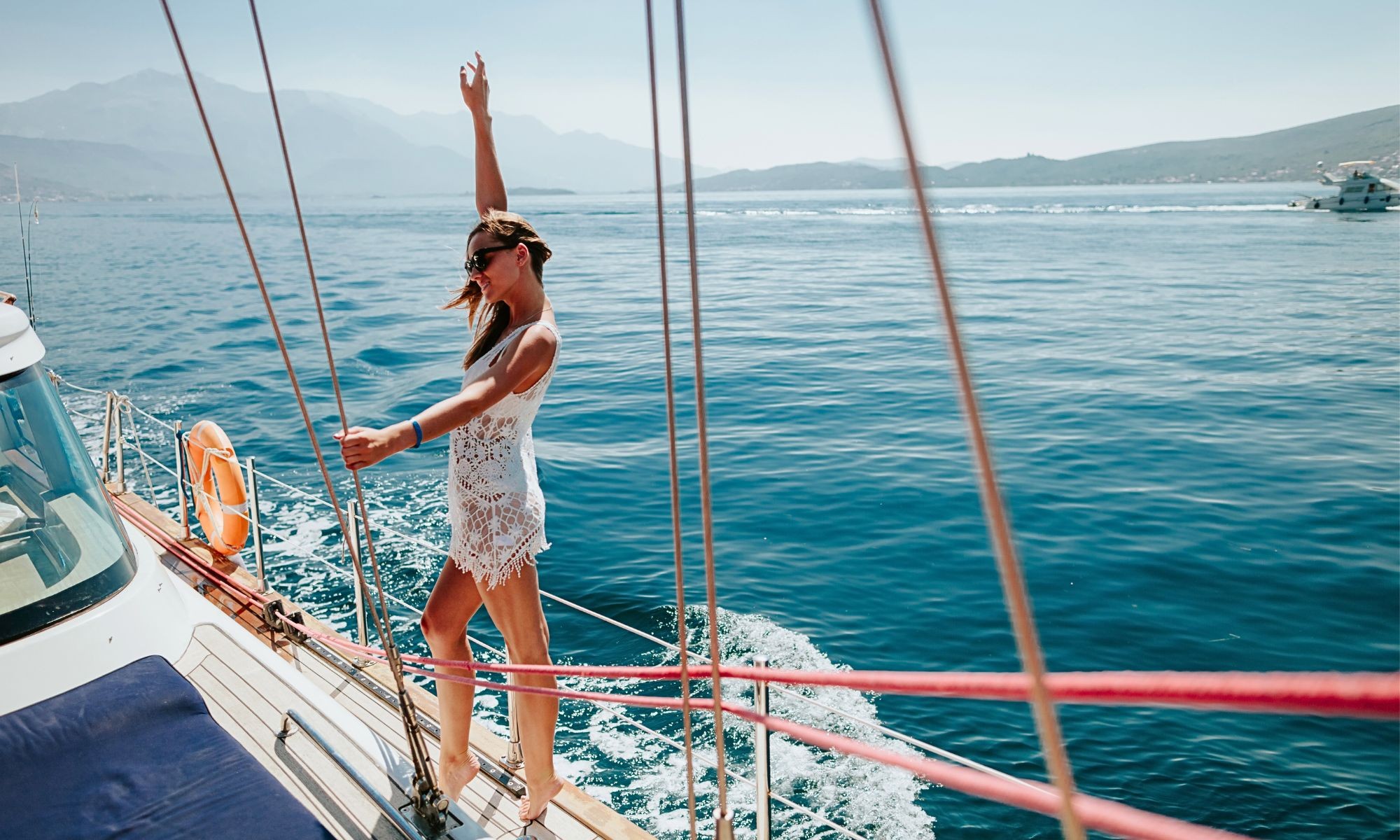
Sup
3 experiences
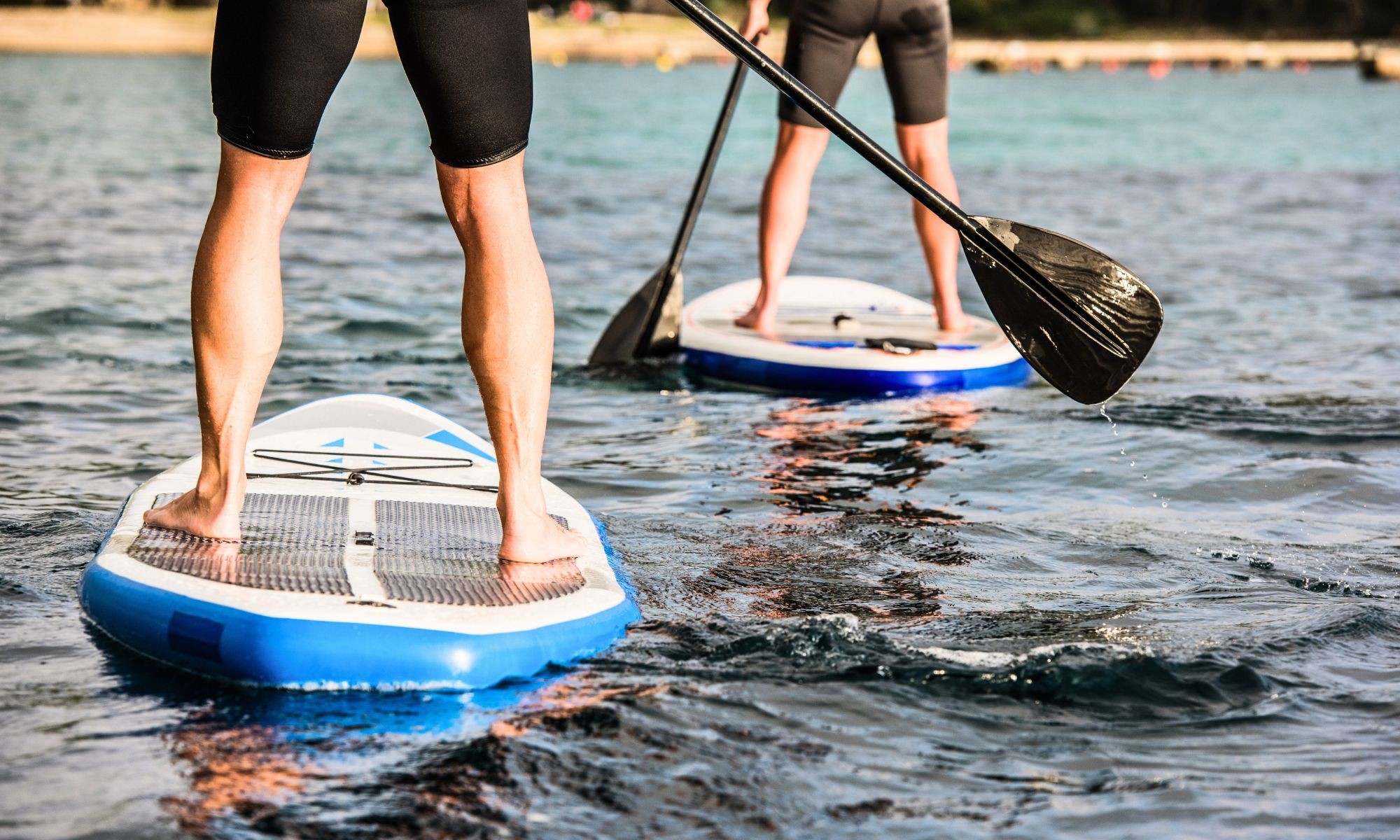
Via Ferrata
5 experiences
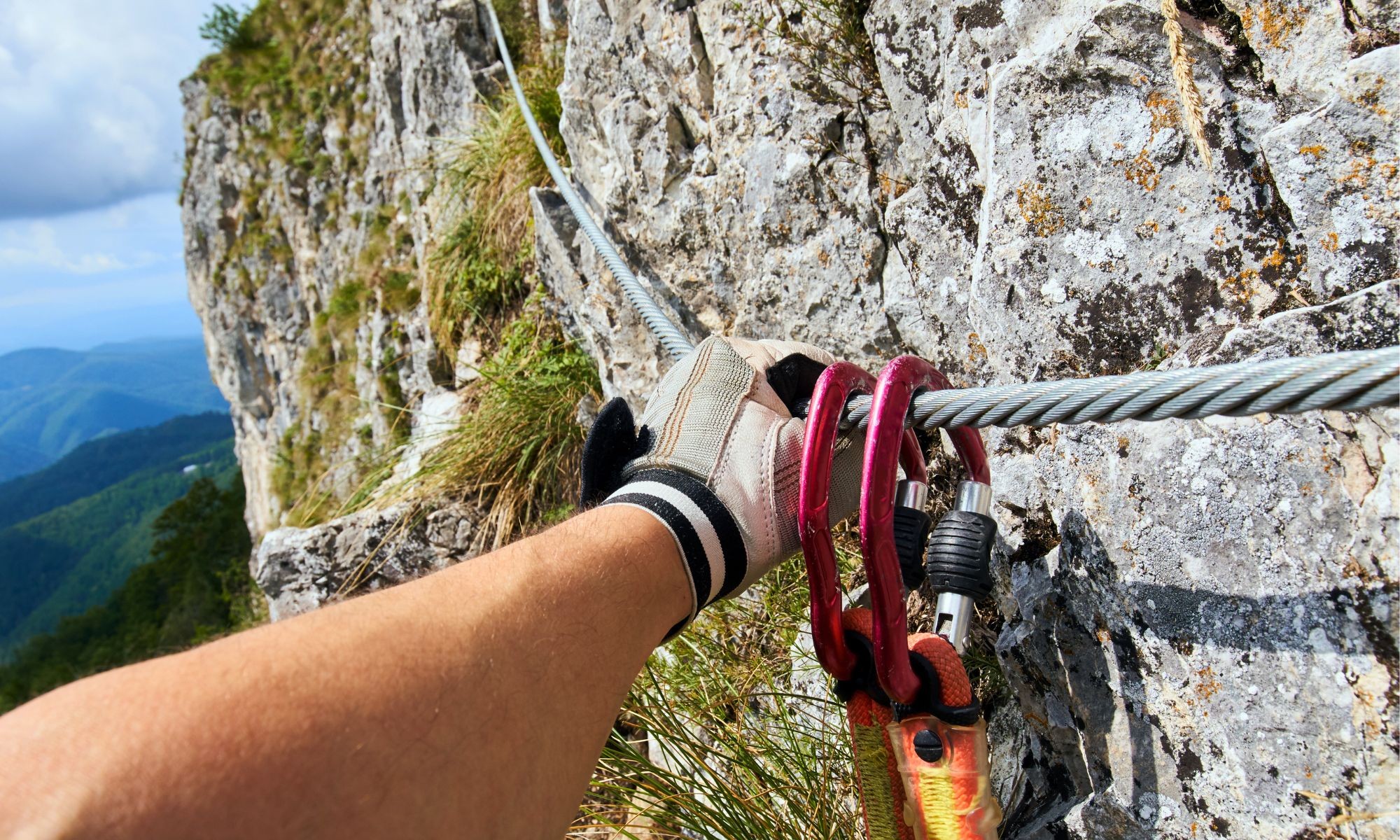
E-Bike
6 experiences
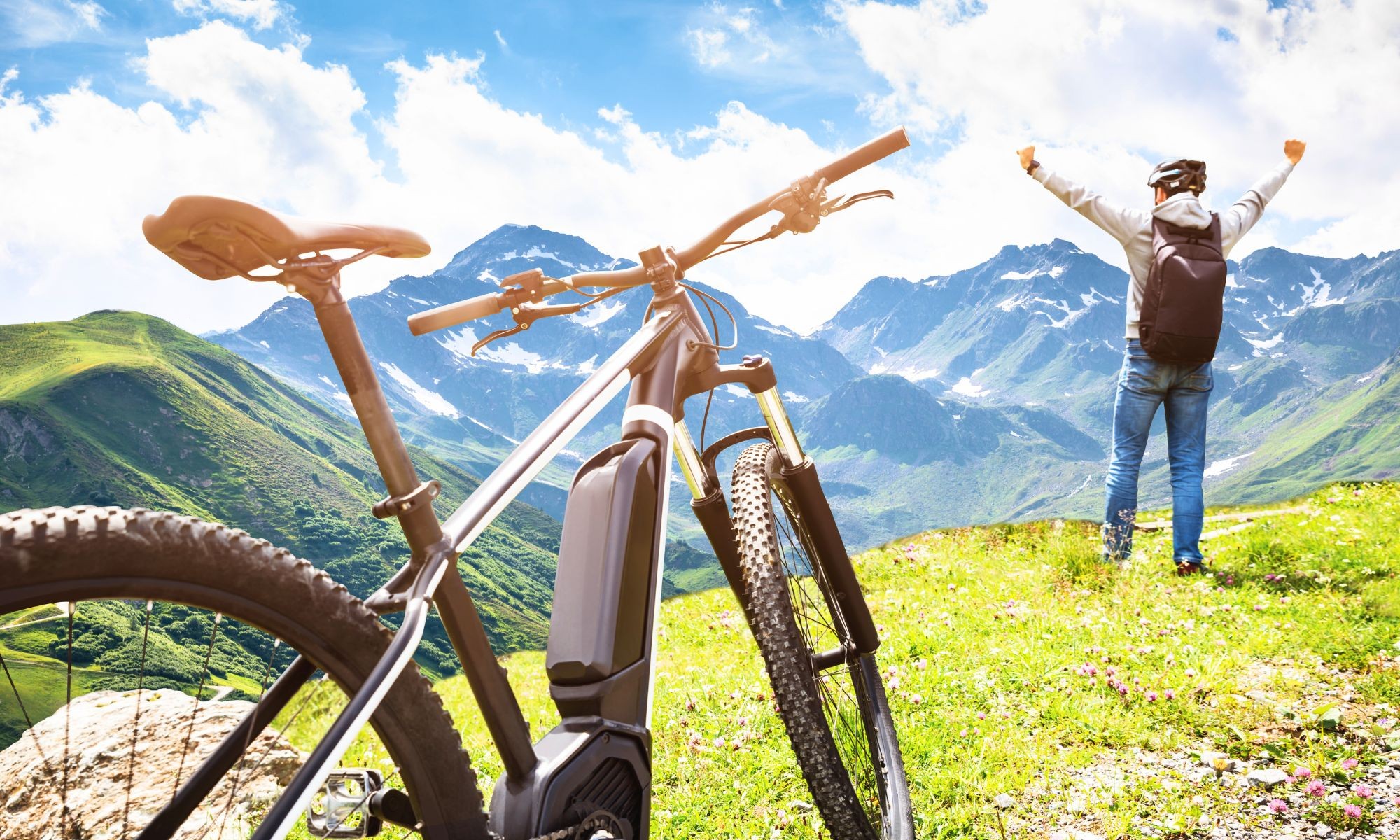
Tasting & Experience
3 experiences
Snowshoeing
2 experiences
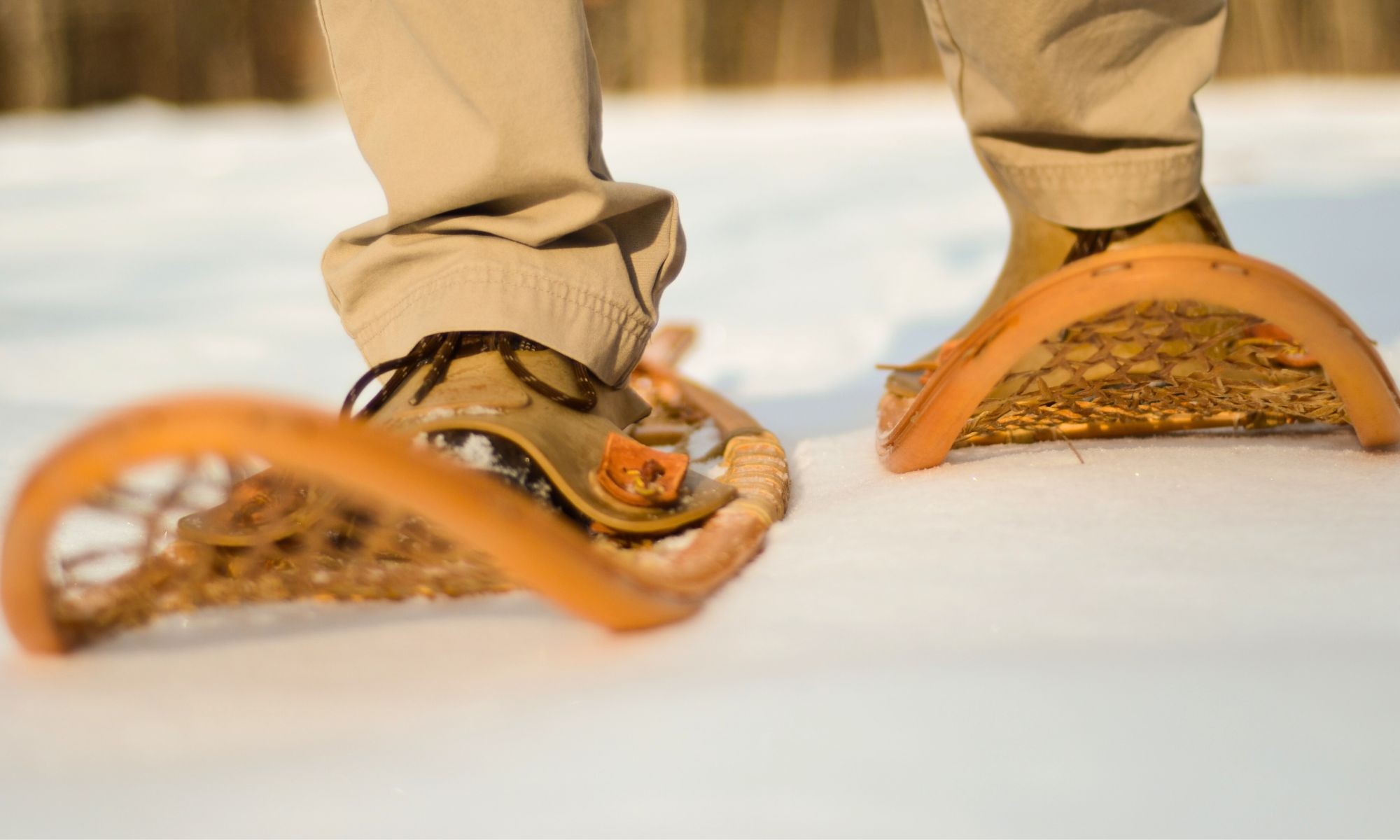
Hang Gliding
1 experiences
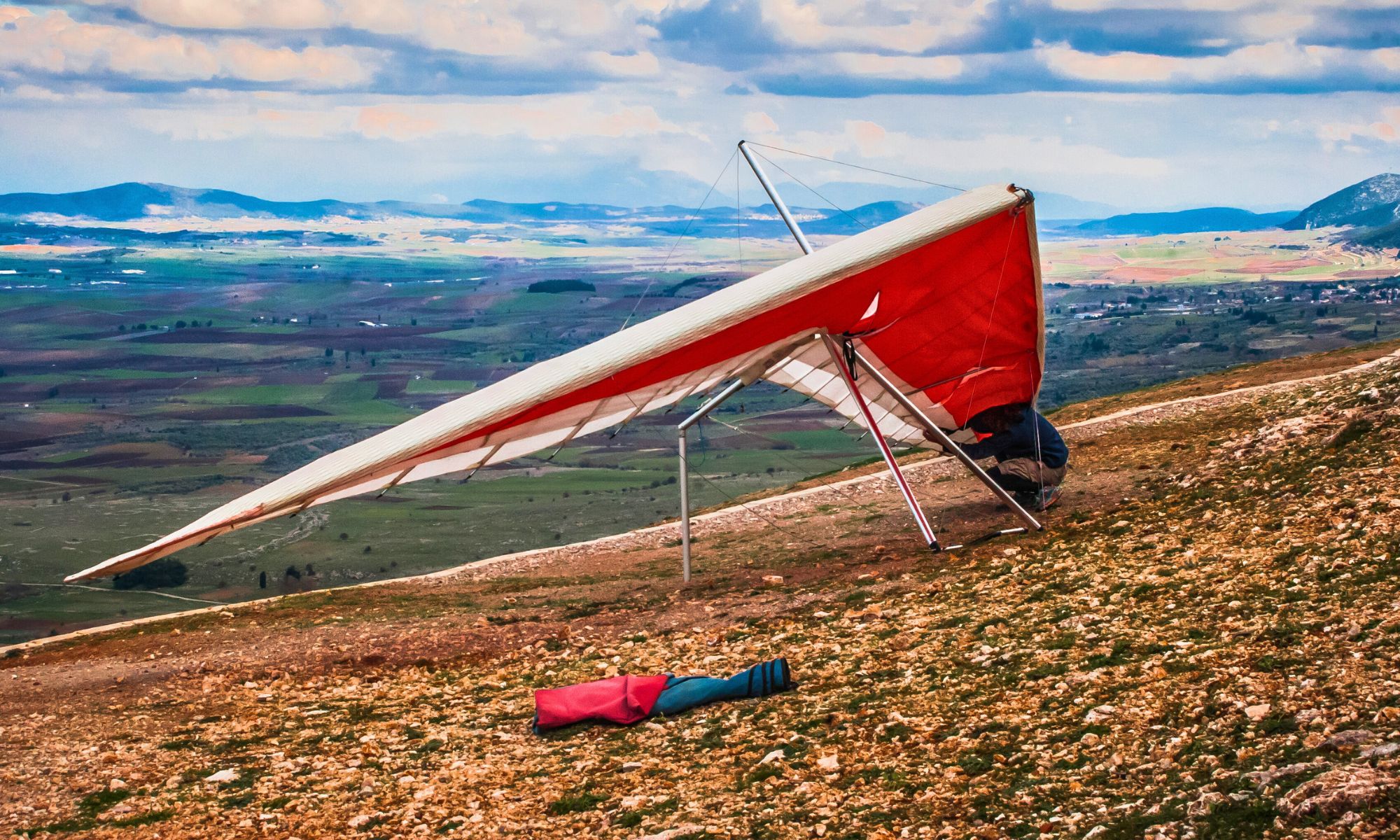
Quad
1 experiences
Top experiences on Lake Garda
See the best experiences on Lake Garda
 Rafting
Rafting
Rafting with Tasting on Adige River, Lake Garda
from
€45,00
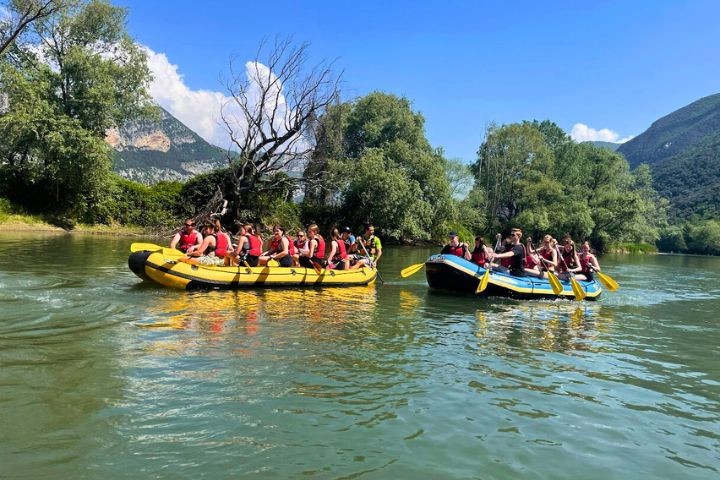
 Canoe
Canoe
Canoe tour on Lake Garda
from
€40,00
 Paragliding
Paragliding
Tandem Paragliding Flight over Lake Garda
from
€140,00
.jpg)
 Canyoning
Canyoning
Canyoning Vajo Orsa Minore in Val d'Adige, Lake Garda
from
€75,00
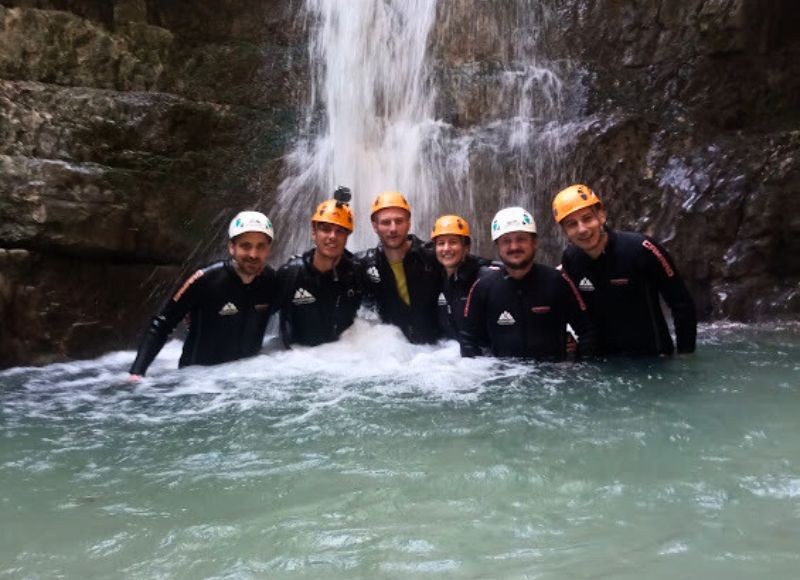
 Rafting
Rafting
Rafting on the Adige River from Brentino to Gaium, Lake Garda
from
€35,00
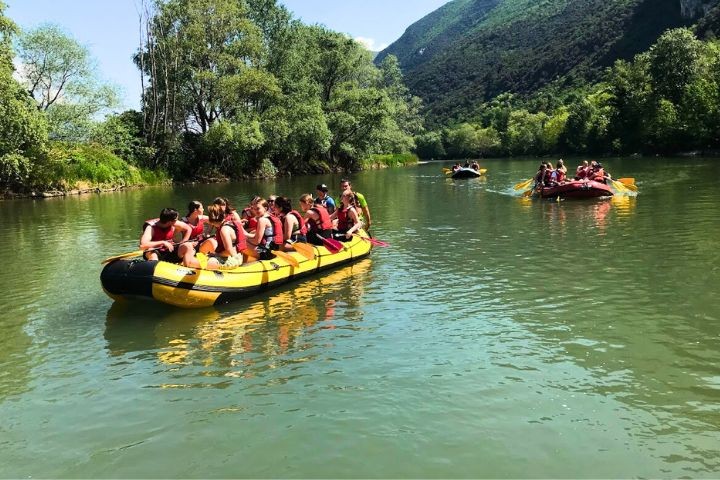
 Canyoning
Canyoning
Canyoning Family on the Rio Nero, Lake Garda
from
€85,00
 Hang Gliding
Hang Gliding
Hang-gliding over Lake Garda
from
€175,00
.jpg)
 E-Bike
E-Bike
E-bike Tour of the Vines on Garda Lake
from
€120,00
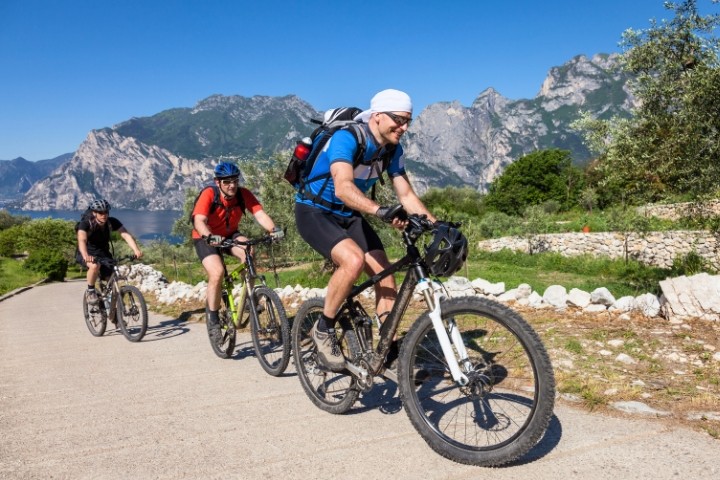
 Boat Tour
Boat Tour
Private boat tour on Lake Garda
from
€420,00
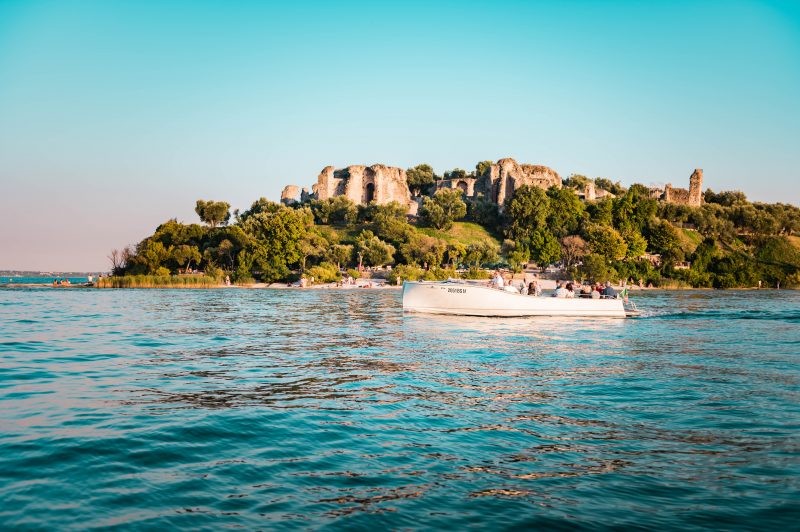
 Climbing
Climbing
Rock Climbing Fun Lake Garda
from
€70,00
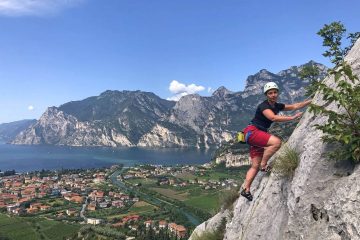
 Via Ferrata
Via Ferrata
Via Ferrata Cima Capi on Lake Garda
from
€90,00
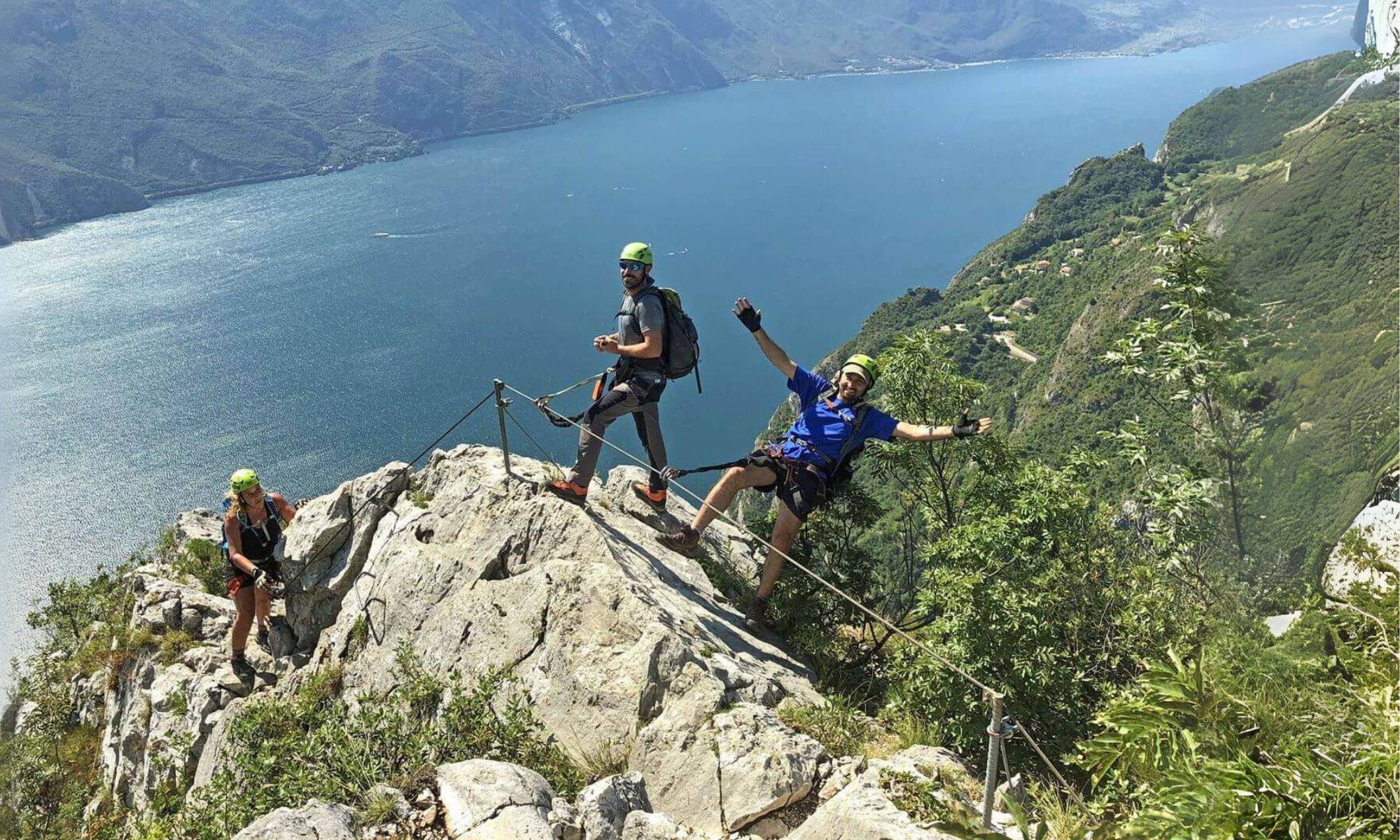
 Climbing
Climbing
Family Rock Climbing Garda lake
from
€50,00
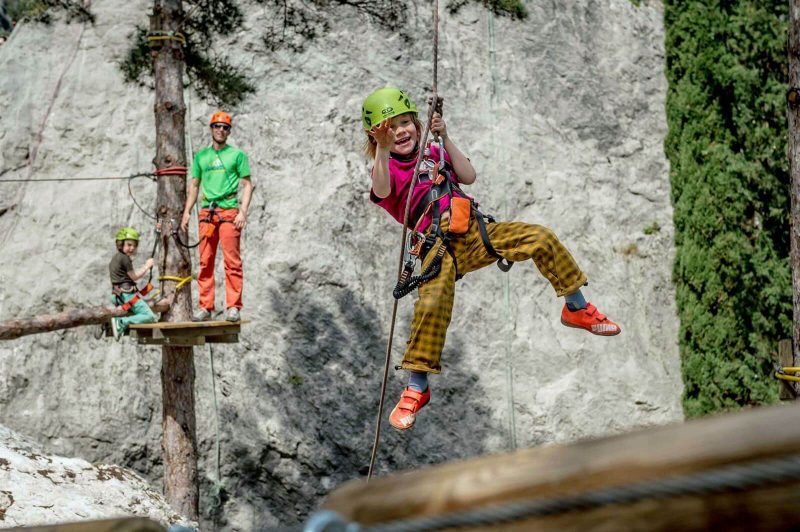
 Canyoning
Canyoning
Canyoning Intermediate Orsa Adventure in Val d'Adige
from
€90,00
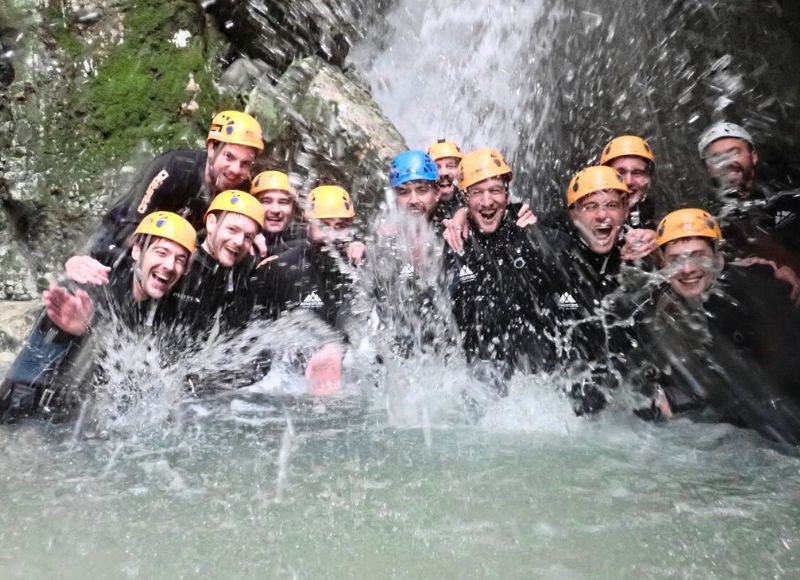
 Sup
Sup
Sup tour from Garda to Punta San Vigilio, Lake Garda
from
€40,00
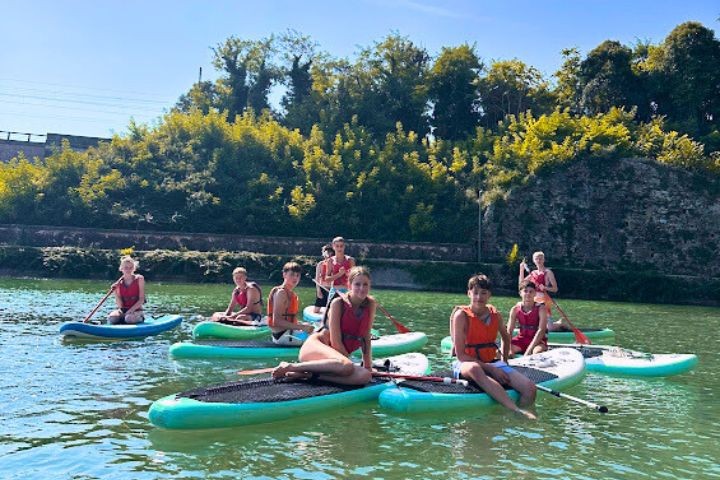
Looking for inspiration on Lake Garda?
Here you can discover what we suggest for your emotions on Lake Garda
Related activities nearby that may interest you
Discover similar activities and choose your next adventure
 Rafting
Rafting
Rafting Power Noce River, Val di Sole
from
€70,00
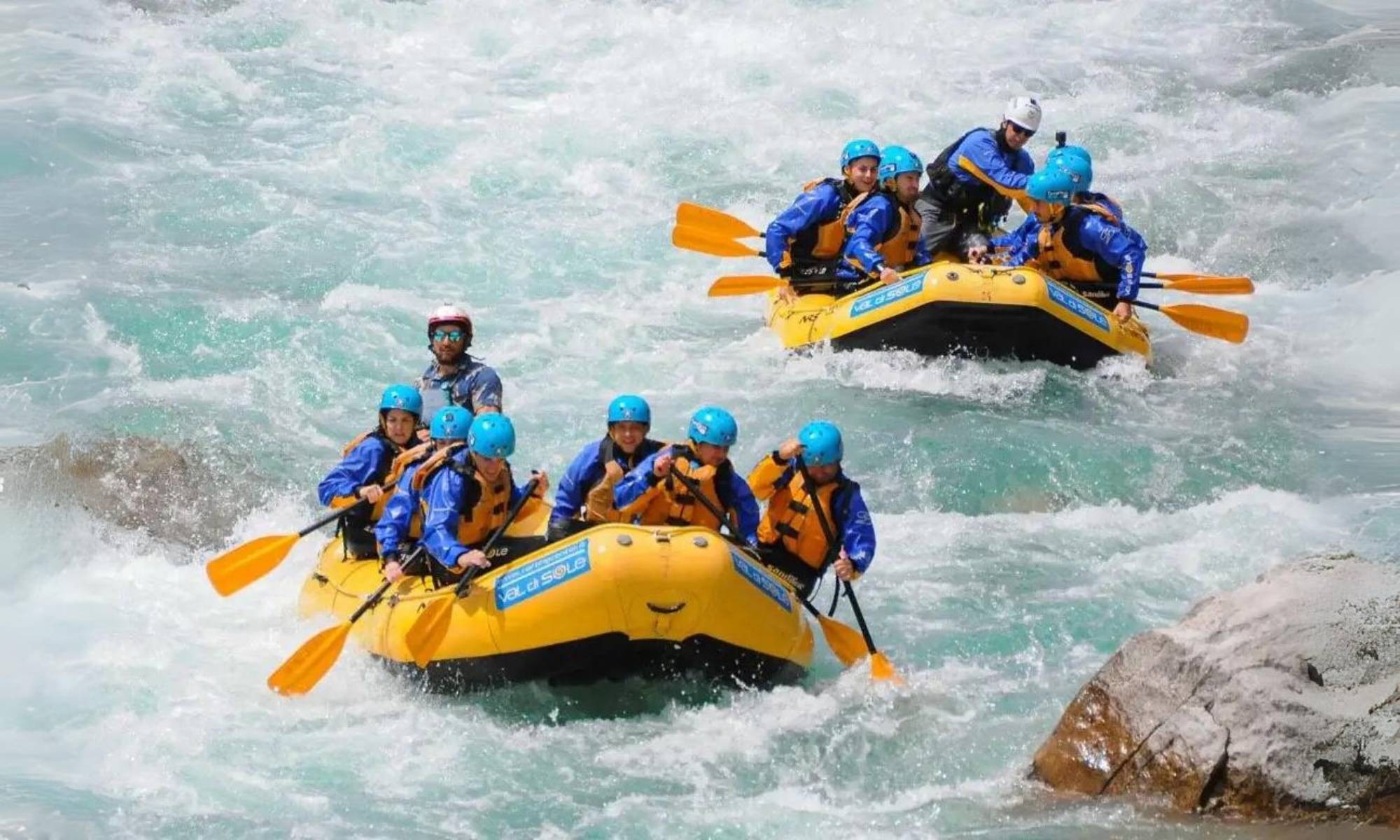
 Paragliding
Paragliding
Tandem paragliding flight in Carlazzo, three lakes view
from
€140,00
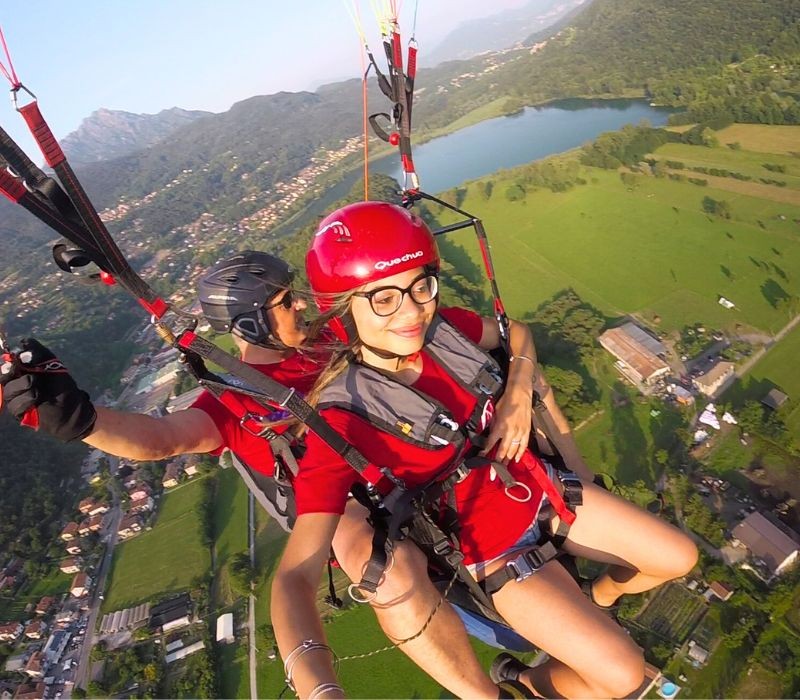
 Rafting
Rafting
Family Rafting on the Noce River in Val di Sole
from
€50,00
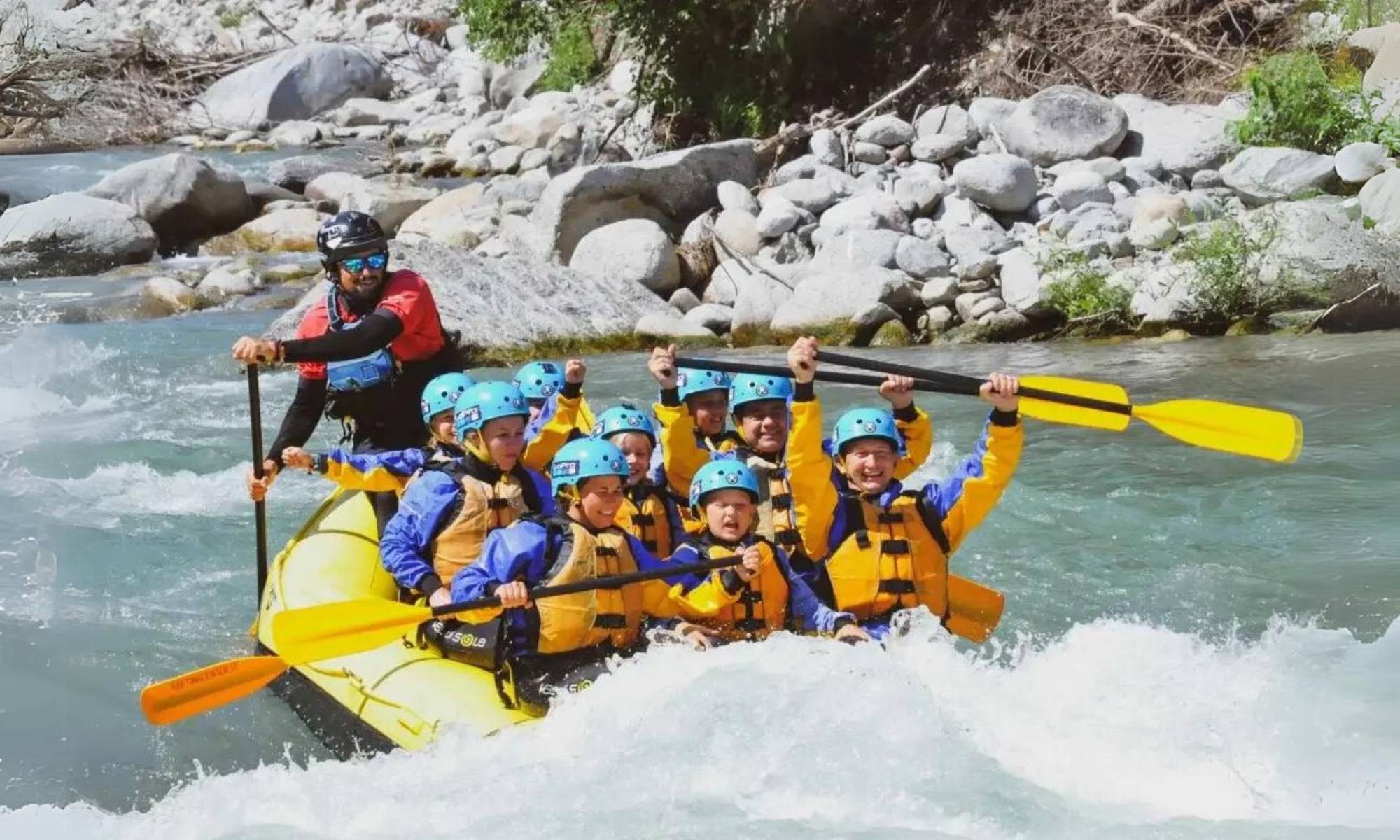
 Hot Air Balloon
Hot Air Balloon
Hot air balloon flight in Val Pusteria, Trentino Alto Adige
from
€350,00
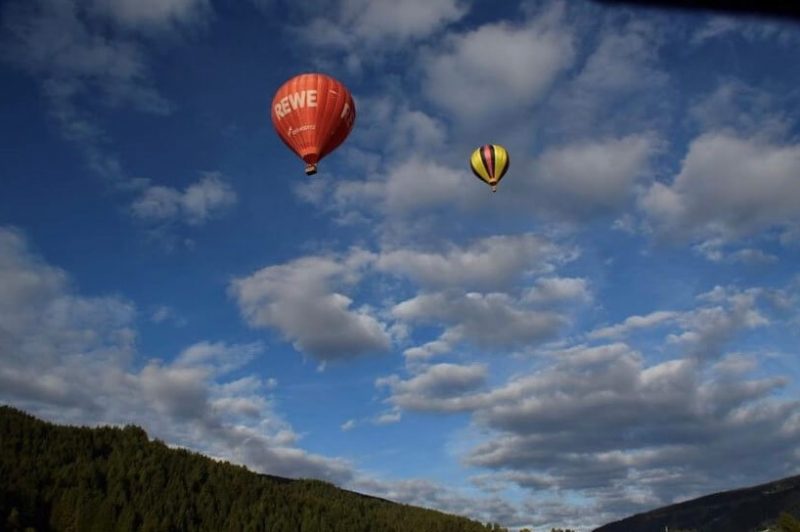
 Climbing
Climbing
Rock climbing in Menaggio, Lake Como
from
€260,00
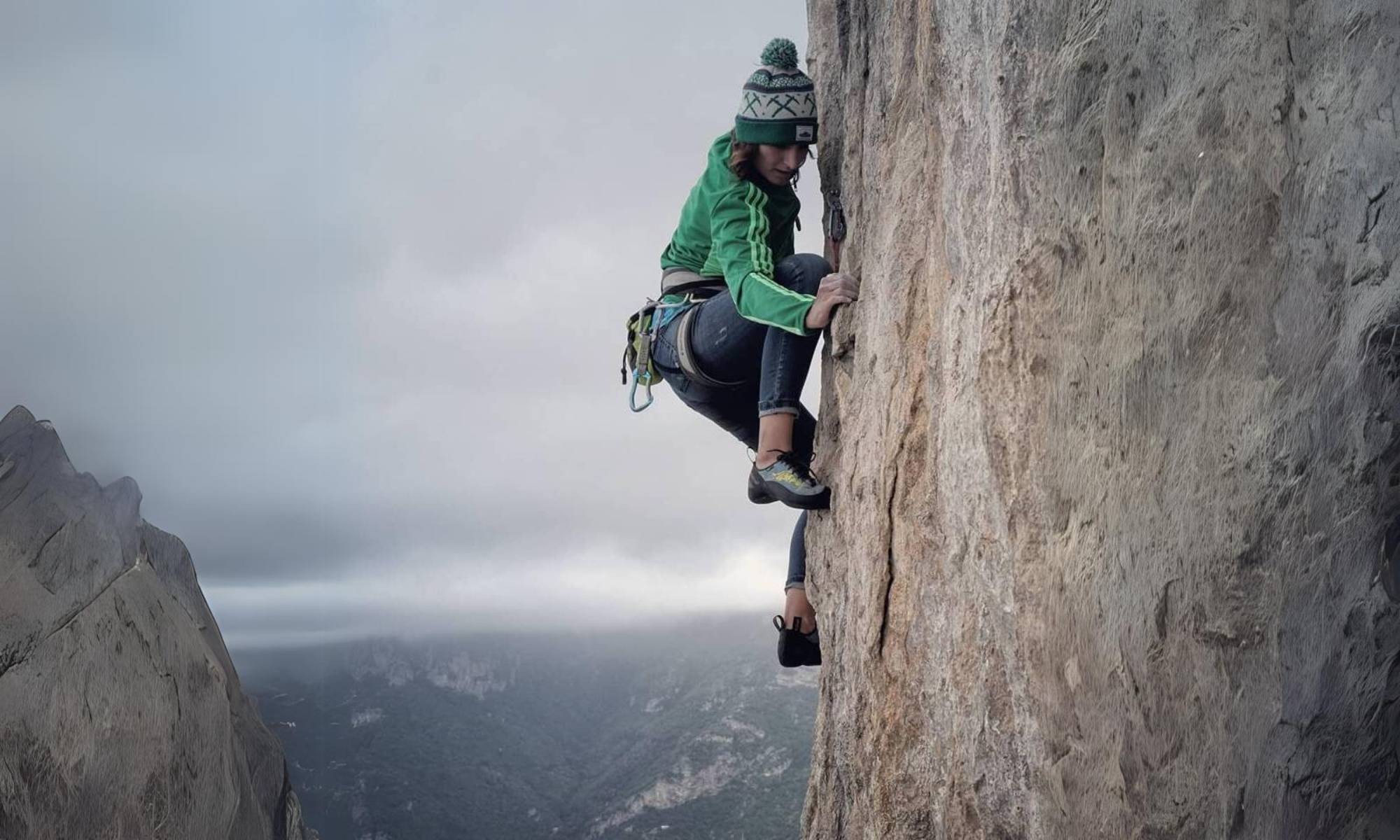
 Hot Air Balloon
Hot Air Balloon
Hot Air Balloon Flight in San Colombano al Lambro near Milan
from
€249,00
.jpg)
 Canyoning
Canyoning
Canyoning in Lenno Val Perlana, Lake Como
from
€85,00
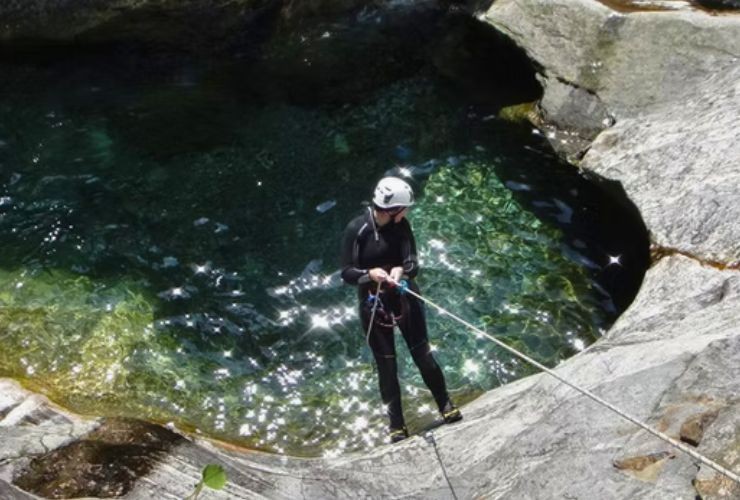
 Hot Air Balloon
Hot Air Balloon
Panoramic Hot Air Ballon Flight Over Dolomites
from
€750,00
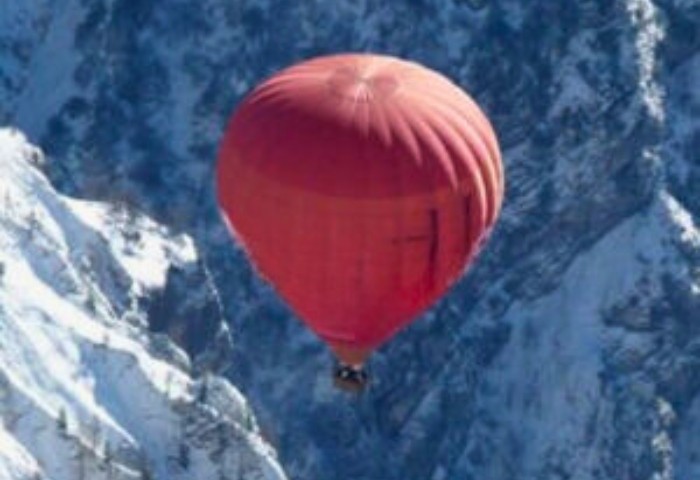
 Sup
Sup
SUP Tour through the Canals of Peschiera del Garda
from
€40,00
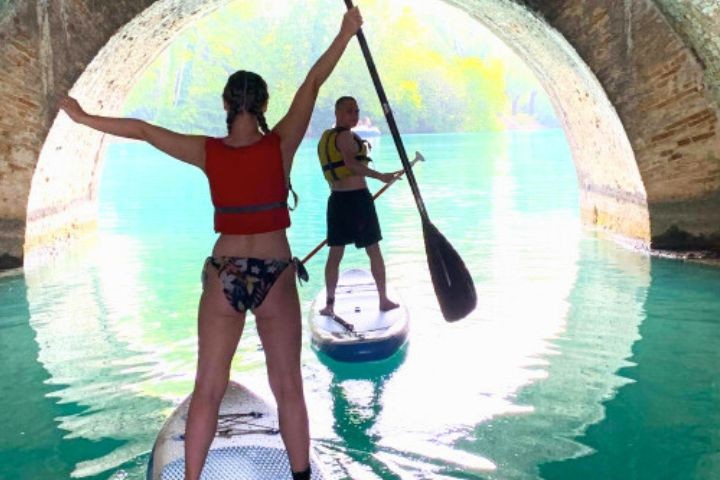
 Sup
Sup
Sup tour from Garda to Punta San Vigilio, Lake Garda
from
€40,00

Looking for something else nearby?
Explore more activities and experiences close to Lake Garda
Lake Garda
Explore with us the wonderful crystal clear waters of Garda Lake, a jewel among the majestic peaks of northern Italy, where you can enjoy the most adrenaline outdoor activities.The nature comes to life and you'll have only a choice to fun. You can explore a regenerating e-bike tour, among the low lake side and taste the typical products, admiring the colors of the vines. For the more adventurous people, we offer a selection of all the most spectacular water activities: adrenaline rafting, soft rafting, family rafting. You can find also canoeing, kayaking, sup, sailing. If you want to live the power of free flight, you can take off with your pilot from Monte Pizzocolo, you will live an exciting and panoramic tandem paragliding flight over Lake Garda.
Take your next experience. Beauty, nature and fun just on the Garda Lake side.

Come possiamo aiutarti?
compila il form per richiedere informazioni
Warning
